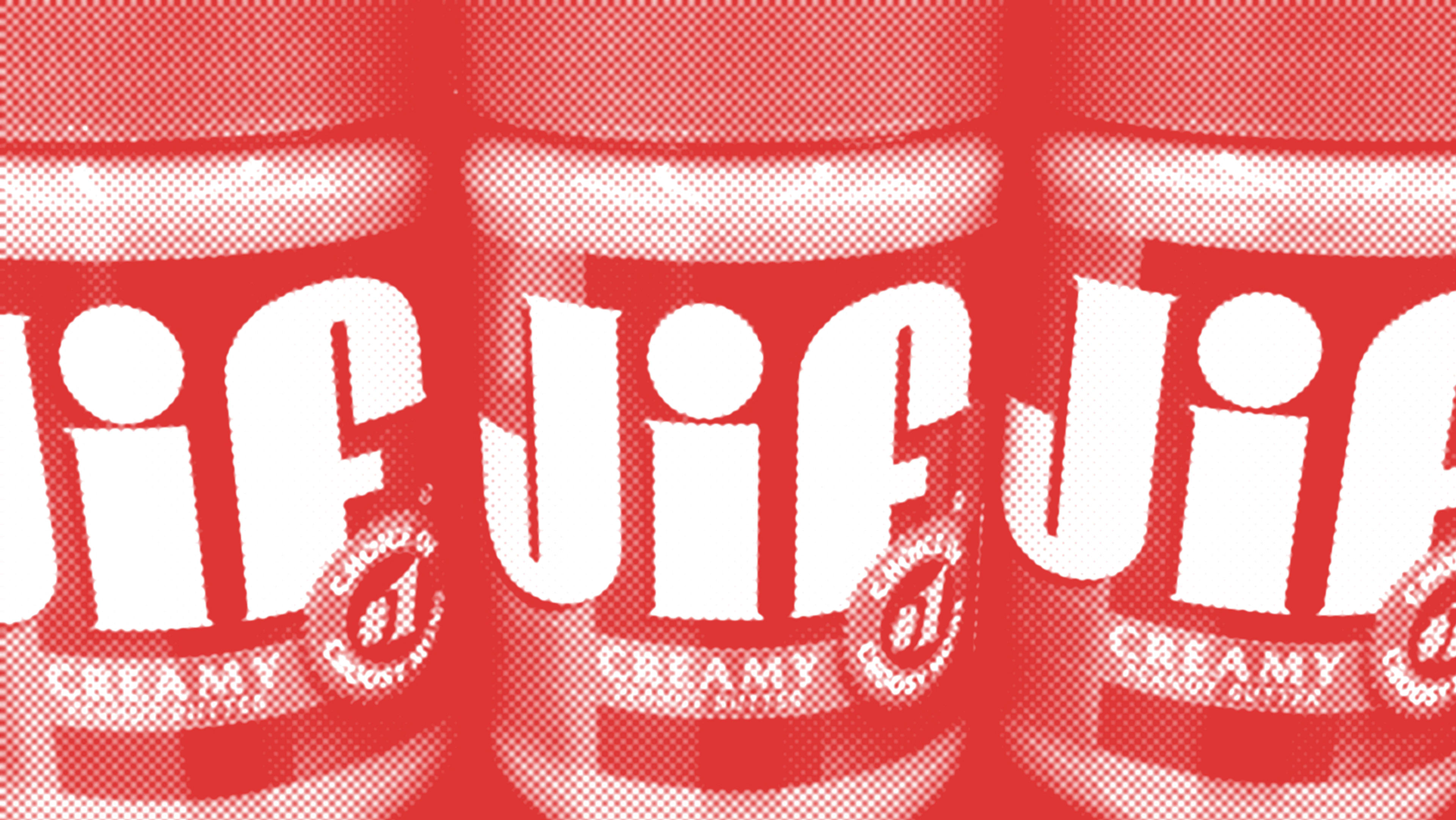“Know thy enemy.”
If you believe the recent string of headlines about a supposed generational conflict between millennials and baby boomers, then that ancient sentiment from Sun Tzu’s The Art of War might just be the perfect framing device for Morning Consult’s new list of the “fastest-growing brands of 2019.”
The list, released this morning, shows that younger consumers are increasingly warming up to some legacy brands popularized by their older counterparts, who, in turn, are developing a taste for more and more brands that were once the exclusive domain of the young.
That’s right: Millennials and baby boomers are discovering each other’s favorite lifestyle choices—because sometimes we become the thing we hate.
Consider the top 10 list of fastest-growing brands among millennials. While it contains a few stereotypically millennial companies like White Claw Hard Seltzer and Postmates (No. 2 and 3, respectively), it’s dominated by creaky old mainstays like Häagen-Dazs ice cream (No. 4), Jif peanut butter (No. 5), Dole Foods, and Bayer (both tied for No. 8).
Gen Z, the younger cohort after millennials, is also discovering some legacy brands, including Walgreens and National Geographic—the latter of which recently got a boost by its inclusion on Disney Plus, as Morning Consult points out.
Meanwhile, older consumers appear to be following an inverse trend. The top 10 list of fastest-growing brands among baby boomers is chock-full of brands typically associated with younger consumers, including fake-meat maker Impossible Foods (No. 2), smart-doorbell maker Ring (No. 3), direct-to-consumer mattress company Purple (No. 6), and, yes, even White Claw (No. 7).
Morning Consult says it defines fastest-growing brands by looking at the share of consumers who say they would consider making a purchase from a particular brand and comparing the number to an earlier survey. The 2019 rankings are based on an average of more than 11,000 surveys per brand.
What do we make of all this cross-generational brand preference? Perhaps it’s just a sign that some legacy brands are getting better at social-first marketing tactics while younger brands are busy soaking up old-fashion media attention. White Claw, for instance, scored lots of free press in September after fears arose of a nationwide shortage, and it’s easy to conclude that some older consumers unfamiliar with the hip hard seltzer were intrigued by the demand.
Whatever the cause, it’s nice to see that our multifarious generational cohorts are not totally divided on everything. If we can agree on White Claw, why not Medicare for All and student loan forgiveness?
To that end, perhaps DoorDash can share its secret: The food delivery service was the No. 1 fastest-growing brand for Gen Z, millennials, Gen X, and baby boomers. Hey, we all gotta eat.
You can check out the full list of fastest-growing brands here.
Correction: This post has been updated to clarify that Gen Z comes after millennials.
Recognize your brand’s excellence by applying to this year’s Brands That Matter Awards before the early-rate deadline, May 3.
